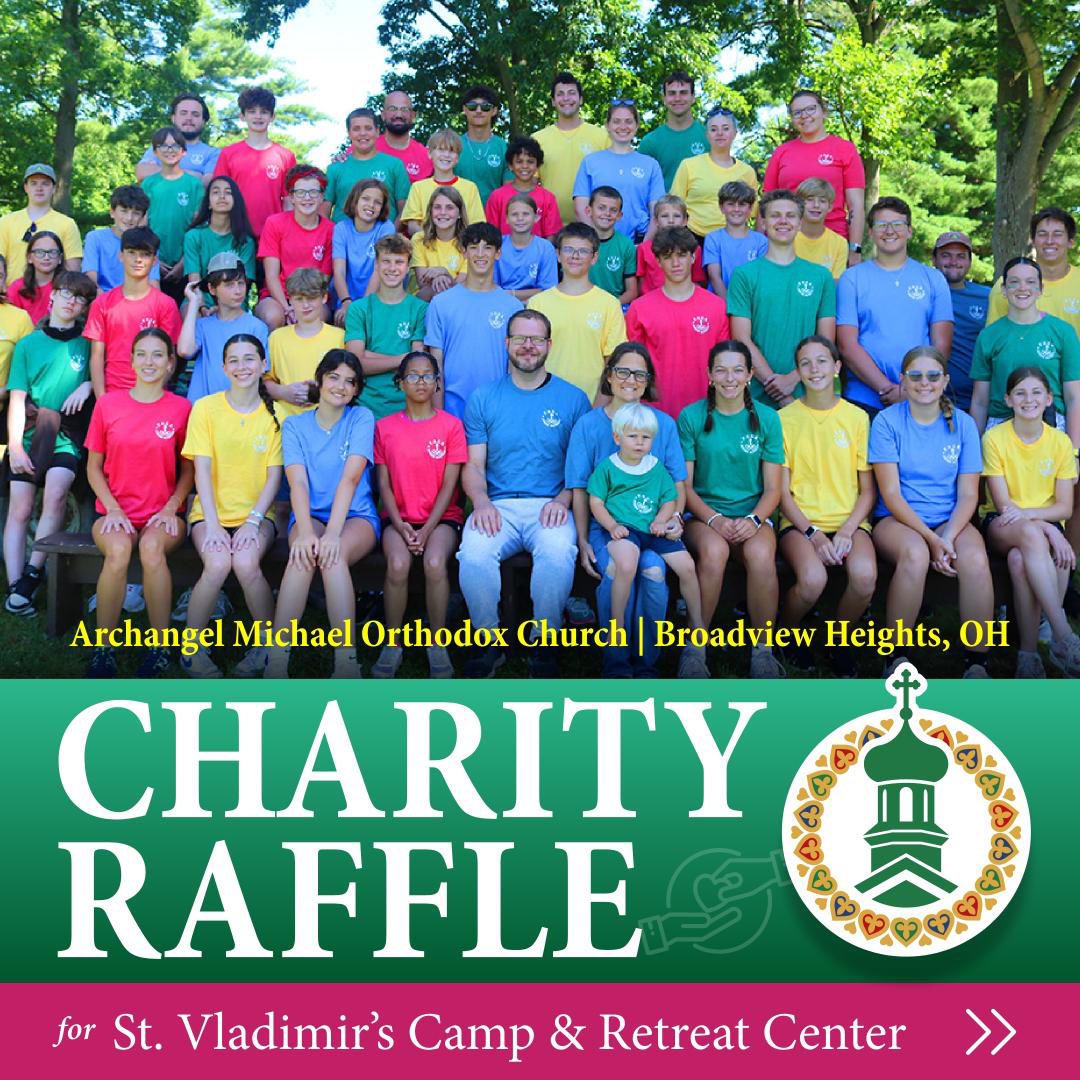Monasticism as been a formal component of the Church since the end of the Third Century. It is generally believed to have blossomed in the barren deserts of Egypt through such persons as St. Paul of Thebes (341) and St. Anthony the Great (356). However, it can also be said that certain elements of monasticism began budding forth as far back as Old Testament times. Even most of the prophets – and quite notably St. John the Forerunner – were archetypal figures of this ascetic lifestyle.
The word monk comes from the Greek word monos, meaning “one” or “alone,” and denotes the solitary character of these ancient hermits.
Throughout history many men and women have made the decision to leave or “retreat” from the world in order to practice their faith without distraction; desiring to devote themselves wholly to a life of prayer. Obviously this type of existence is not meant for everyone, but then again each of us longs or “thirsts” for God in varying degrees.
Through time, other “seekers” heard about these holy men and women who lived alone in the wilderness and desired to follow suit. Some sought out these holy ones for spiritual council and guidance, while others turned to them for encouragement and support. Eventually these monastics banded together to form small sketes or monasteries in order to live a common life in Christ; sort of like a Christian commune.
If you have never visited a monastery, it is truly a worthwhile experience – especially during the Lenten seasons when such pilgrimages are popular. In the Cleveland area we are fortunate to have a number of local monastic communities: St. John the Theologian Monastery near Hiram, St. Herman’s House of Hospitality and St. Mary of Egypt Monastery in Cleveland, Monastery Marcha in Richfield, and St. Gregory Palamas in Hayesville, OH.







